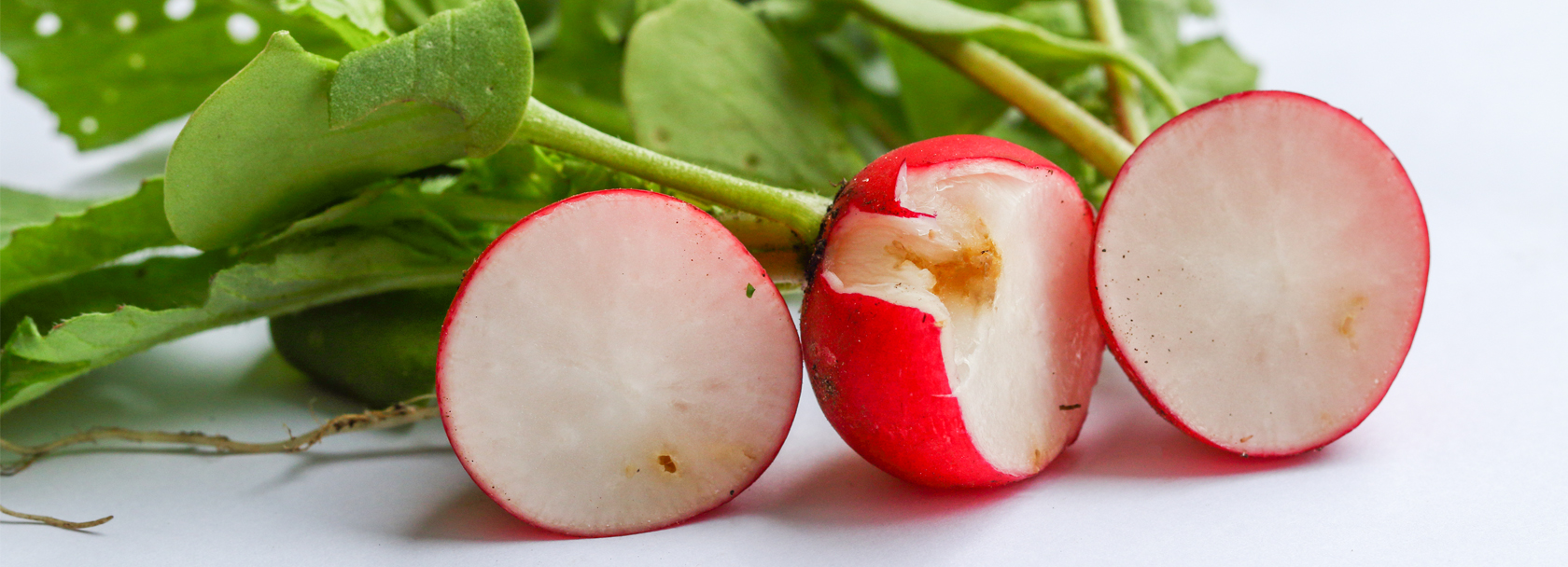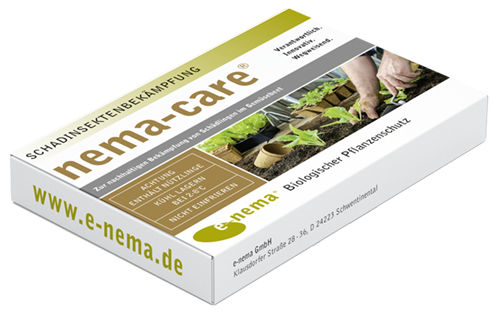Cabbage
Control cabbage flies biologically
Delia radicum
The fly resembles the house fly, but is heavily hairy and slightly smaller at 5 - 6 mm. It is also known as cabbage root fly, root fly or turnip fly. The small cabbage fly is active from April to October and produces several generations during this period. It can fly for several kilometers to the nearest food source.
Their larvae pupate as so-called barrel pupae, these are brownish, 5 - 7 mm long and often found in the root area when pulling out the plants.
Life cycle of the small cabbage fly
Beginning in mid-April (at chestnut blossom, at about 16 °C at 5 cm soil depth), the first generation hatches and emerges from the soil. About a week after hatching, the females lay 100 to 120 eggs, usually at the root neck of suitable host plants. Young larvae hatch from the eggs just a few days later and begin to feed on the roots of the plants. 3 - 4 weeks later, the larvae pupate at a soil depth of about 5 cm. The adult flies of the second generation develop from these barrel pupae and the cycle begins again.
Depending on the weather, the third generation appears from the end of August, and may be active into October. The third-generation barrel pupae overwinter in soil depths up to 20 cm, depending on the weather.
Damage caused by the cabbage fly
The damage to plants is caused by the larvae of the cabbage fly. They are whitish-yellow, about 8 mm long, and have no head or legs. There is a mouth hook on the pointed front end and two dark respiratory spurs on the rear end. The larvae feed on the roots of the plants, thus disturbing the nutrient and water supply of the plants. In addition to severe feeding damage to the root system, rot may also occur in the feeding tunnels of the larvae. Infested plants wilt, wither, die and are easily pulled out of the soil.
On which plants are cabbage flies found?
Cabbage species such as rose, Chinese and cauliflower, broccoli, kohlrabi and savoy cabbage are affected. In addition, the cabbage fly can also be found on radishes, radish, rapeseed, mustard, chicory and other cruciferous plants. Unlike its larvae, the adult fly does not cause any damage to the vegetable patch.

Control cabbage flies with beneficial nematodes.
Nematodes are tiny, filamentous soil organisms about 0.6 mm long. They are natural enemies of the cabbage fly. Certain nematode species specialize on cabbage flies, among others, and can use their larvae for their own feeding and reproduction. The nematodes are supplied live in a powder. For application, they should be mixed with water exactly according to package directions and applied to the affected areas.
What stages of the cabbage fly can I control?
From April to July, the larvae of the different generations present in the soil can be controlled with nematodes.
Product against cabbage flies
Do you have questions?
Feel free to contact us personally.
